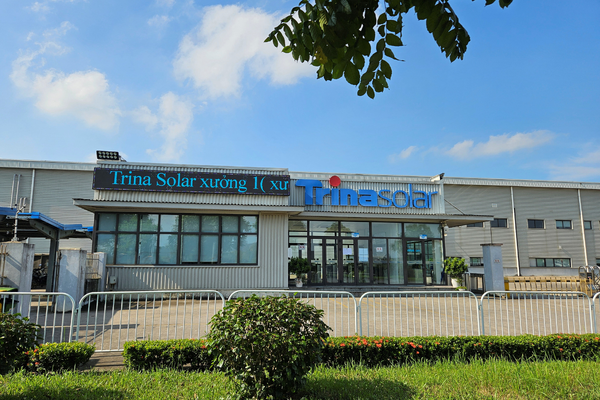Auditing cyber-security for safety and resilience

Andy Ward at Absolute Software explains how senior management should audit their organisations state of cyber-readiness
Cyber-attacks remain a common threat as news stories of major breaches continue to appear on a near daily basis.
The threat of cyber-attacks is not just limited to large organisations, as government research states that 59 per cent of medium businesses and 69 per cent of large businesses have reported to have experienced a cyber-attack in the last year, including ransomware.
It is also not an issue related to just one industry. All organisations and all employees can be subject to a cyber-attack, and with the end of the year approaching, now is the time for senior management to audit their state of cyber-readiness.
Cyber-attack audit
As the threat landscape continues to evolve and the frequency of cyber-attacks persists, conducting a cyber-security audit becomes not just a pre-emptive measure but a strategic imperative for organisations to strengthen their defences, identify potential vulnerabilities, and ensure the security of their digital set-up.
By initiating a cyber-security audit, companies can systematically assess their security protocols, identify areas for improvement, and implement proactive measures to enhance their overall cyber-security posture, therefore strengthening resilience in the face of ever-changing and challenging cyber-security threats.
The importance of resilient monitoring
Resilient monitoring is a proactive strategy for overseeing systems, networks, and processes, aiming to maintain functionality despite disruptions. This plays an important role in cyber-security as it enables the early detection of potential cyber-threats, allowing organisations to address these issues before they are exploited.
This proactive approach is crucial for staying ahead when it comes to cyber-security, adapting to evolving threats by adjusting monitoring strategies and response mechanisms.
Resilient monitoring also minimises the impact of security incidents through quick and effective responses, reducing downtime and potential damage to data and systems. Continuous system health assessment ensures that cyber-security measures remain effective and can be adjusted as needed.
The adaptability of resilient monitoring to new threats is essential for staying ahead of emerging cyber-security risks. By identifying weaknesses in the moment, resilient monitoring eases continuous optimisation of the cyber-security posture which stimulates defences.
The rise of attack surface
An organisation’s attack surface encompasses the collective vulnerabilities, pathways, or methods—commonly referred to as attack vectors—that hackers may exploit to gain unauthorised access to the network, sensitive data, or execute a cyber-attack.
As businesses increasingly embrace cloud services and adopt hybrid work models combining on-premises and remote environments, the scope and complexity of their networks and associated attack surfaces are increasing continuously. Absolute’s 2023 Resilience Index highlights a 15 per cent year on year increase in enterprise device locations as staff continue to log on from more locations.
An expanded attack surface becomes increased as organisations work remotely more than ever. With employees operating from diverse locations, utilising a range of devices and networks, including personal devices and home networks, the potential entry points for cyber-criminals multiply significantly. This creates a challenge for security teams, making it inherently more difficult to monitor and secure a wider range of endpoints.
Employees access organisational systems from a variety of locations, utilising a multitude of devices, often logging in from unsecured home networks. This scenario gives the potential entry points for cyber-threats, as the attack surface extends beyond the controlled confines of a centralised office network. The inherent complexity of this dispersed environment adds layers of vulnerability, providing cyber-adversaries with more opportunities to exploit weaknesses.
These heightened access points can cause an elevated risk, which can lead to the exploitation of vulnerabilities and compromise the security of an organisation’s network. As the traditional boundaries of the corporate network blur in the era of remote work, strong security measures are imperative to mitigate the inherent challenges posed by this expanded attack surface.
Why cyber-resilience?
As we move into the new year, it’s a prime opportunity for organisations to recalibrate their approach to cyber-security. The evolving world of technology and escalating cyber-threats highlight the need for a proactive change. With each passing year, cyber-adversaries become more sophisticated, necessitating a continuous reassessment of our defence strategies.
Now, more than ever, is the time to invest in resilience. The evolving cyber-threats require constant vigilance, adaptive strategies and a willingness to invest in cutting-edge solutions. Embracing resilience is not just a defensive measure for digital assets, it’s an investment in the longevity and success of companies.
By re-evaluating and reinforcing our cyber-strategies now, we can navigate the challenges ahead with confidence and ensure a secure and resilient digital future.
Andy Ward is VP International of Absolute Software
Main image courtesy of iStockPhoto.com

Business Reporter Team
Related Articles
Most Viewed
Winston House, 3rd Floor, Units 306-309, 2-4 Dollis Park, London, N3 1HF
23-29 Hendon Lane, London, N3 1RT
020 8349 4363
© 2024, Lyonsdown Limited. Business Reporter® is a registered trademark of Lyonsdown Ltd. VAT registration number: 830519543





